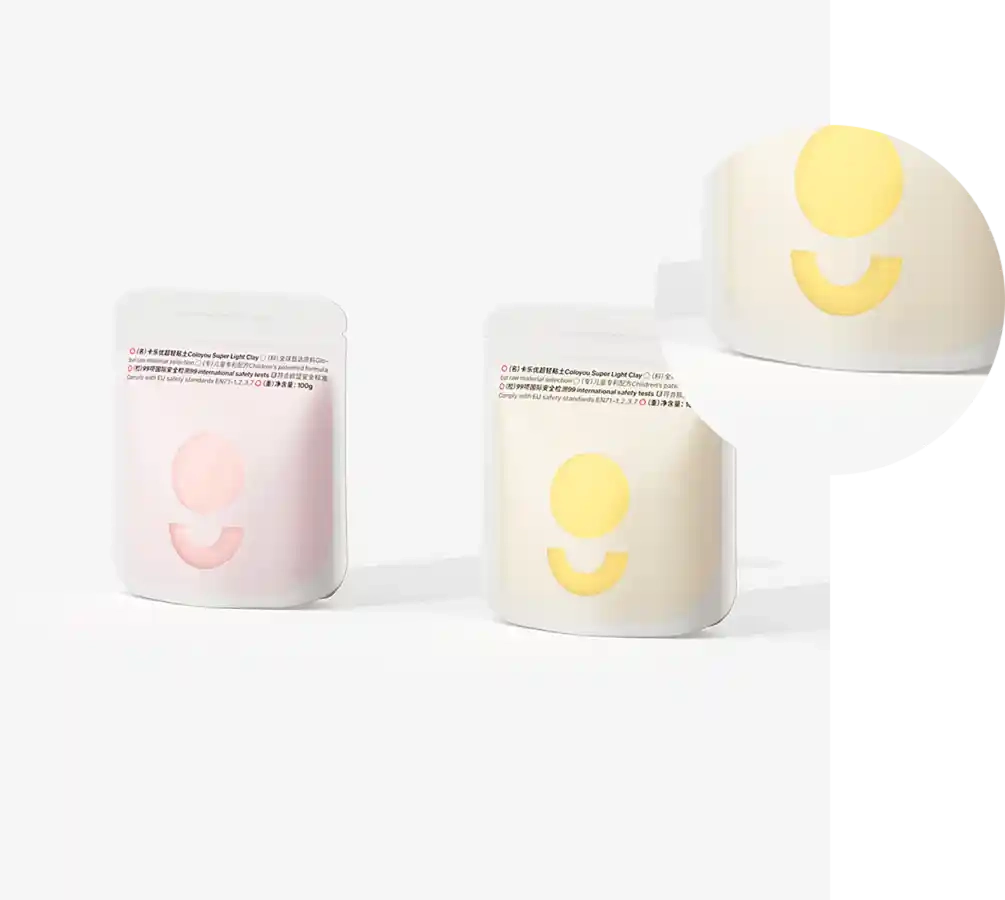- Afrikaans
- Albanian
- Amharic
- Arabic
- Armenian
- Azerbaijani
- Basque
- Belarusian
- Bengali
- Bosnian
- Bulgarian
- Catalan
- Cebuano
- chinese_simplified
- chinese_traditional
- Corsican
- Croatian
- Czech
- Danish
- Dutch
- English
- Esperanto
- Estonian
- Finnish
- French
- Frisian
- Galician
- Georgian
- German
- Greek
- Gujarati
- haitian_creole
- hausa
- hawaiian
- Hebrew
- Hindi
- Miao
- Hungarian
- Icelandic
- igbo
- Indonesian
- irish
- Italian
- Japanese
- Javanese
- Kannada
- kazakh
- Khmer
- Rwandese
- Korean
- Kurdish
- Kyrgyz
- Lao
- Latin
- Latvian
- Lithuanian
- Luxembourgish
- Macedonian
- Malgashi
- Malay
- Malayalam
- Maltese
- Maori
- Marathi
- Mongolian
- Myanmar
- Nepali
- Norwegian
- Norwegian
- Occitan
- Pashto
- Persian
- Polish
- Portuguese
- Punjabi
- Romanian
- Russian
- Samoan
- scottish-gaelic
- Serbian
- Sesotho
- Shona
- Sindhi
- Sinhala
- Slovak
- Slovenian
- Somali
- Spanish
- Sundanese
- Swahili
- Swedish
- Tagalog
- Tajik
- Tamil
- Tatar
- Telugu
- Thai
- Turkish
- Turkmen
- Ukrainian
- Urdu
- Uighur
- Uzbek
- Vietnamese
- Welsh
- Bantu
- Yiddish
- Yoruba
- Zulu
Is depth equivalent to length in various contexts and applications?
Is Length the Same as Depth?
When we delve into the realms of geometry and measurement, we often encounter various terms that describe dimensions and properties of objects. Among these terms, length and depth frequently arise, leading to a common question Is length the same as depth? To answer this, we must first establish what these terms mean and how they are used in different contexts.
Is Length the Same as Depth?
Depth, on the other hand, typically refers to the distance from the top surface of an object to its bottom surface. It is a measure of how deep an object is, such as the depth of a drawer or the depth of water in a swimming pool. Depth is more commonly associated with three-dimensional objects, where it describes a measurement that contributes to the overall volume of the object.
is length the same as depth

While both length and depth are measurements, they are not interchangeable terms. They serve distinct purposes and provide different information about an object’s physical characteristics. For example, consider a rectangular swimming pool. The length of the pool refers to one side, while the depth refers to how deep the water is. In this case, the length dictates the spatial footprint of the pool, while the depth pertains to the vertical measurement concerning the pool’s capacity.
In some contexts, people may conflate length with depth, especially when discussing two-dimensional representations. For instance, if one were to analyze a photograph of a landscape, the horizontal distance across the image might be referred to as its length, while the distance from the foreground to the background may be seen as depth. Here, the distinction blurs, but it is crucial to recognize that these dimensions represent different aspects of an object's profile.
Another domain where length and depth diverge is in the field of art and architecture. Artists often use depth to create a sense of perspective in their work, manipulating length, width, and depth to evoke physical reality on a flat canvas. In architecture, understanding these dimensions is imperative for designing functional spaces. While a building’s length may define its layout and accessibility, its depth can influence how light enters and how users experience the space.
In summary, while length and depth are both vital measurements in understanding the physical world, they serve different purposes and describe different dimensions. Length typically denotes a linear measurement along a single axis, while depth involves the vertical measurement that adds another layer of complexity, especially in three-dimensional contexts. Distinguishing between these terms allows for clearer communication and more accurate descriptions of objects and spaces. As we navigate various fields—be it geometry, art, or architecture—the importance of understanding these differences becomes evident, enriching our comprehension of the world around us. Therefore, it is essential to affirm that length is not the same as depth; rather, they are complementary dimensions that together contribute to our understanding of spatial relationships.













